An Aleph tailored to your measure | Fresco EP#1
From the Argentine South, Juan Manuel Lara problematizes the relationship between photography, literature, and artificial intelligence. Using Jorge Luis Borges’ classic tale ‘The Aleph,’ he created command lines for the DALL-E 2 platform. Image by image, he provided specific instructions about the type of lens and film he wanted to use. Are they photographs? That’s what they seem like.
By Luciana Demichelis
If Jorge Luis Borges’ Aleph were a place, it would be a point where all the images of the world converge. Borges specifically cites it as a space-time where ‘all times and all places’ are synthesized. Talking about generative artificial intelligence was, until just over a year ago, a very similar fiction for the vast majority of visual artists.
Although unthinkable, generative images laid strong foundations in our lives within months. Anyone with internet access can automatically create almost any possible idea, sound, or audio based on existing thousands. In the case of photos, there’s a particular gesture: we observe them as photographs, even when we’re aware that they are not.
At VIST, we announced on our social media the upcoming change: we can now generate ‘photographs’ through text, a line capable of translating into an image through a neural network. How will visual narratives function in the era of prompts? What will our projects be about? Will machines photograph them? Is it still about photography if there’s no light or camera?
While these debates are still being read in other places, in our region, some authors use what’s available to create their work. For Argentine Juan Manuel Lara, artificial intelligence is an ally that expands our photographic perspective, while many others see it as an intruder that turns visual poetry into binary sequences.
Image by image, Juan Manuel provided specific instructions about the type of lens and film he wanted to use for his photo book (edited by SED Editorial), the weight of the paper, and the grammage. As the interactions accumulated, he produced thousands of images until he discovered those that perfectly matched how he imagined his Aleph.
This interview is part of our new YouTube program ‘Fresco: Nuevas Voces de la Imagen.’ You can watch it here. Every Monday (to start the week fresh), we will publish new interviews with photographers and visual artists.
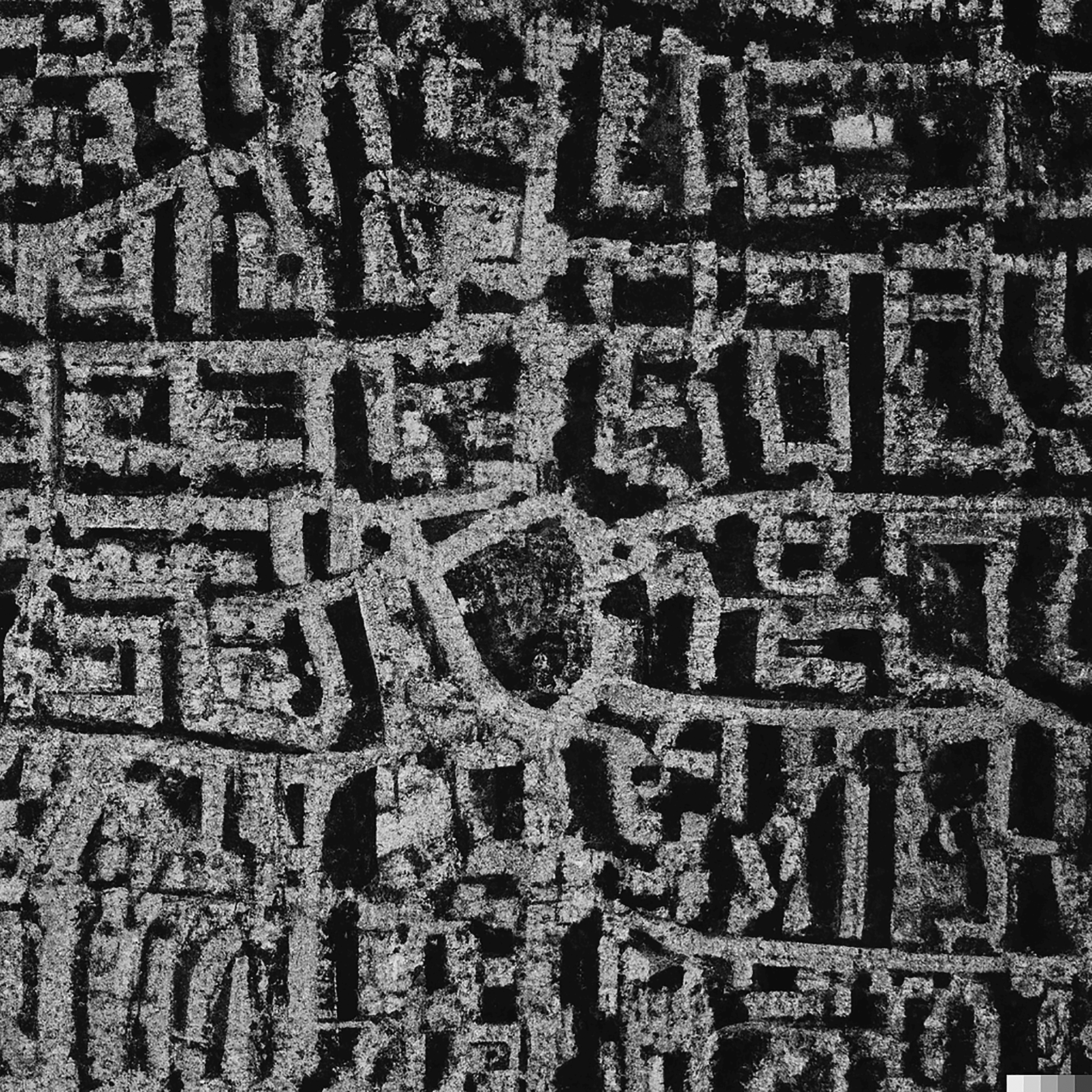
Nostalgia, emotion, and narrative are common elements in photography; I see them very much in your photo book. How did you manage to have AI capture and convey these aspects?
In some way, there is what we consider as time in the book. Borges’ writing is quite timeless, if you will, or universal due to the themes it touches upon, and in the visual realm, we tried to follow more or less the same principles. We used a fairly coarse texture, black and white as well. We didn’t use elements that anchored the images to any particular historical time but made them work in different moments. Black and white is associated with archival or historical photography, leading the viewer to a place of nostalgia. But not necessarily.
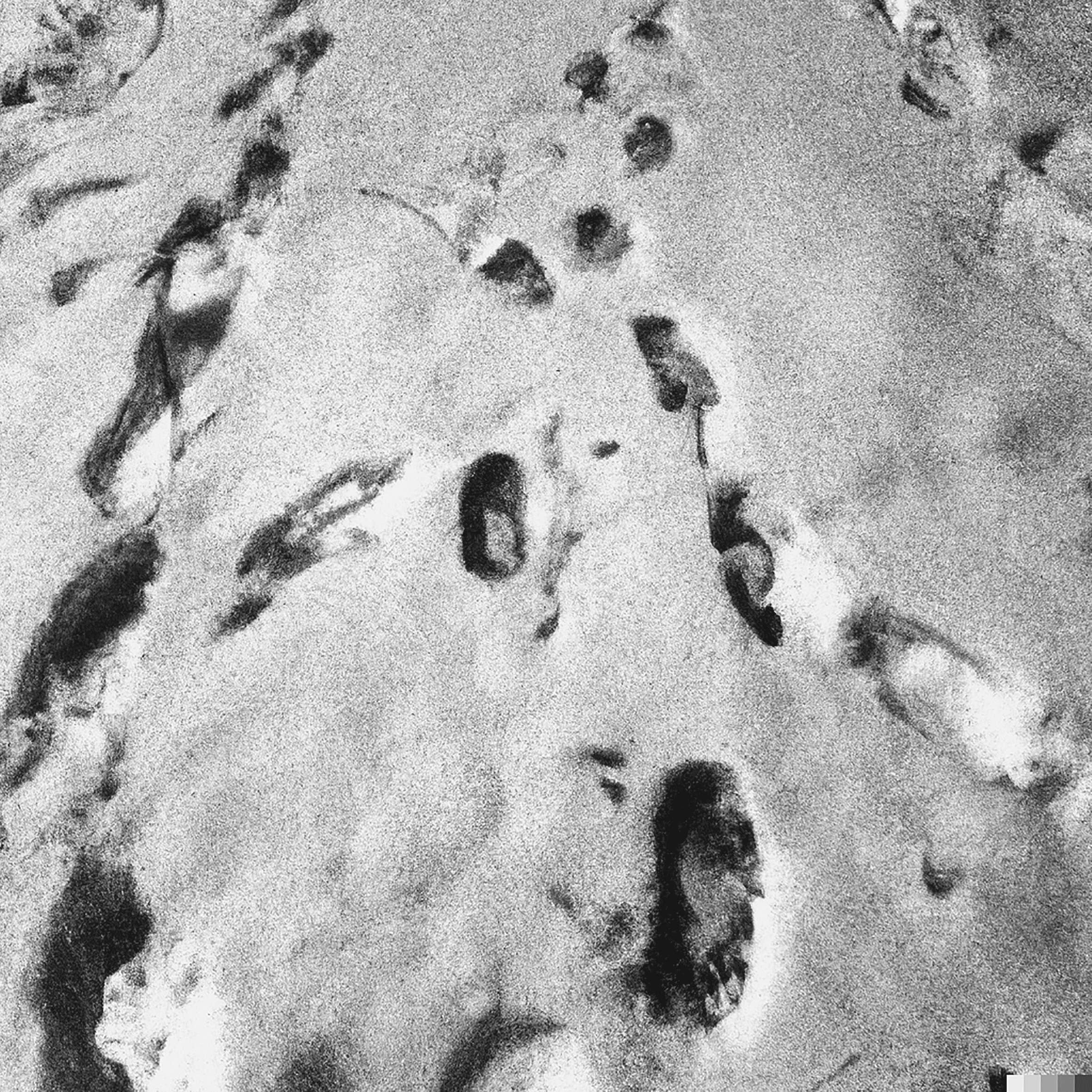
“Black and white is associated with archival photography or historical photography, so it leads to a place of nostalgia. But it doesn’t necessarily have to.”
Have you encountered any unexpected examples in the results from DALL-E 2 with phrases from ‘The Aleph‘?
Yes, there were many unexpected elements and outcomes. Some came out with a few searches. We entered the text, and the images came out quite quickly. It was similar to what I imagined or wanted to find. Others were more challenging, and we had to take many detours with the text to see an image we liked.
On the other hand, when I searched for an image for the Aleph, things did happen. Since Borges invents the Aleph object and is not an absolute reference, it produced some abstract delirious paintings. It was also fun because there were no limits to its form; it was pretty open. I was surprised to find portraits that appealed to a specific photographic style in some images. I hadn’t indicated that in the search, but they were recognizable styles, either from certain authors or from a particular era of photography.
As an author, did you decide to focus on ‘camera-less’ photography?
Well, I didn’t decide to focus on camera-less photography as a deliberate choice. During the pandemic, I started using screenshots as a resource for creating images. I took many photos in my house with a camera. Still, I found it much more interesting to work with image captures, which, if you think about the gesture, pressing a key on the computer keyboard is somewhat like pressing the camera button. I started accumulating photos and working with what I had done, which were thousands and thousands of captures, and it naturally evolved from there. But it’s not a definitive place; eventually, if tomorrow I come up with a project involving a camera, I will approach it that way as well.
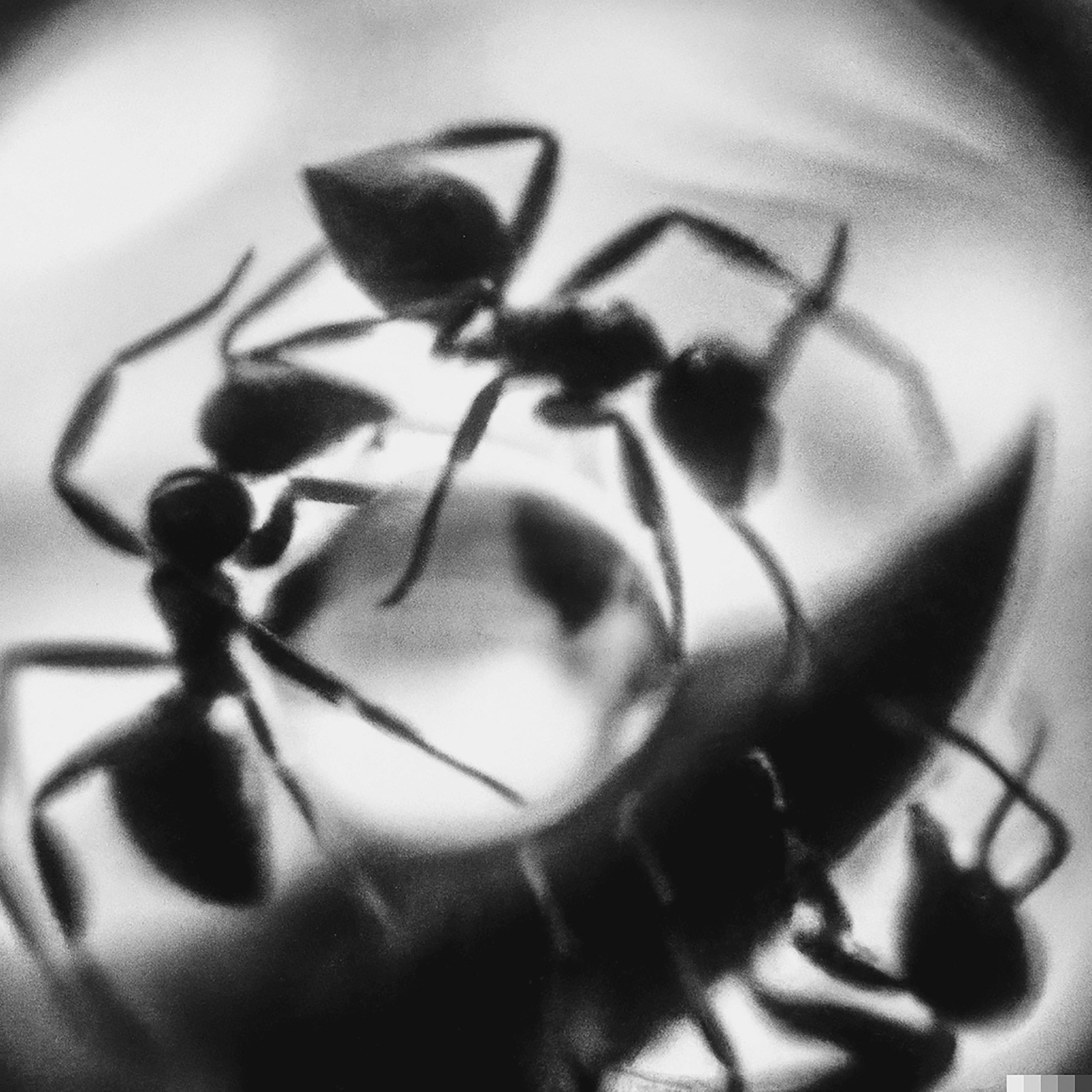
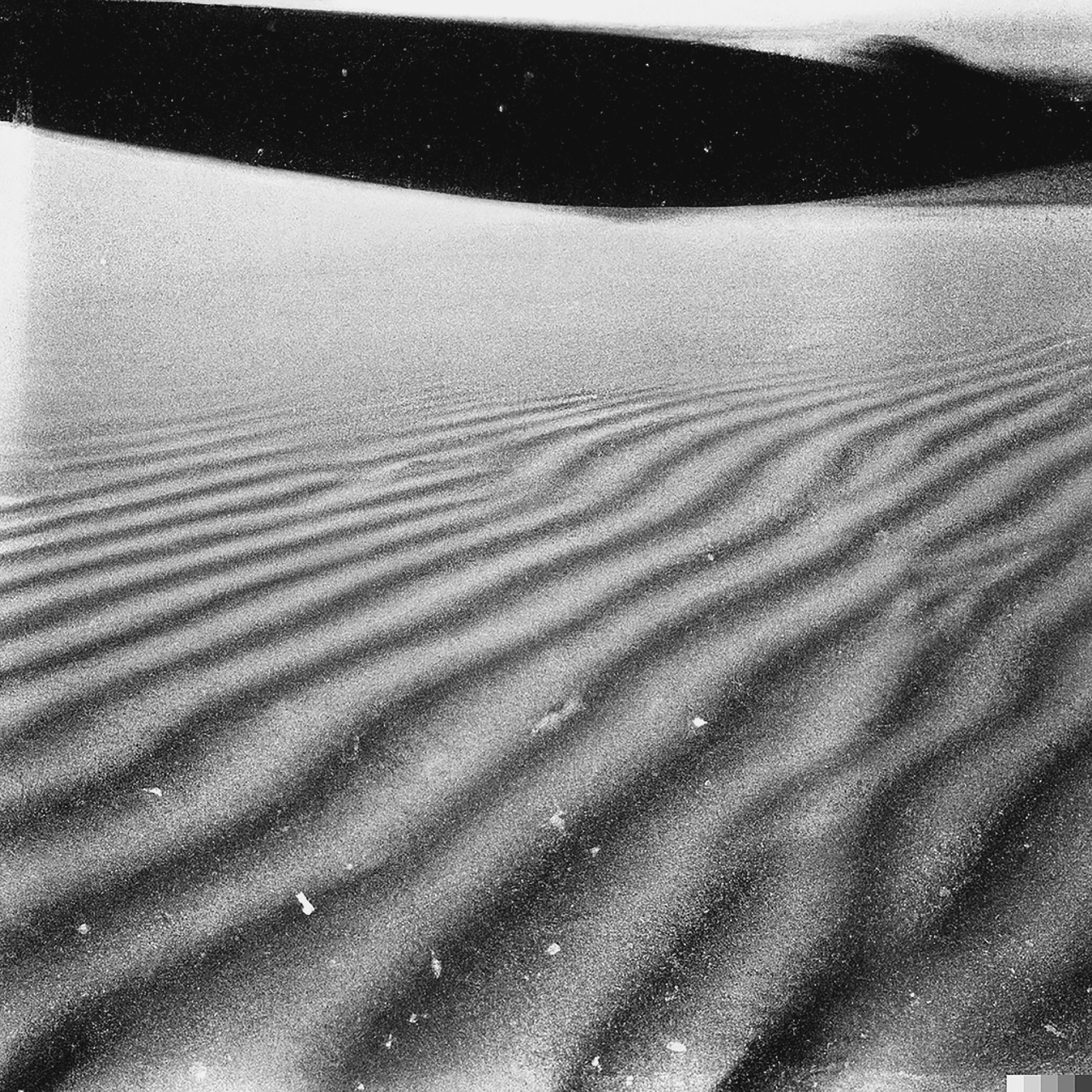
How do you think the relationship between photography and artificial intelligence will evolve? What are your hopes and concerns for this evolution?
Well, that’s the big question. The truth is that today, after a few months of the emergence of programs like Midjourney or DALL-E 2, which seemed like they were going to replace camera-based photographic images, what I see now is coexistence. They are images with distinct features. The relationship might continue to be that way in the future, maintaining some characteristics as they are today. I differentiate between images created with these types of programs and traditional photographs. I don’t think one will replace the other; it will be somewhat dialectical. I hope that it expands and serves to explore things that, due to the camera technique, would be impossible.
For example, I have blended things in the images I created that wouldn’t be possible with a camera. I gave contradictory instructions to the program’s technical photographic instructions as if I were setting up the camera to take a photo, and it gave me quite exciting results. So that could turn out to be beneficial.
Regarding concerns, they wouldn’t be specific to photography but more general, related to human work, labor conditions for workers, and a growing inequality or a further concentration of wealth. I think that’s one of the dilemmas presented by AI. But that happens with or without AI.
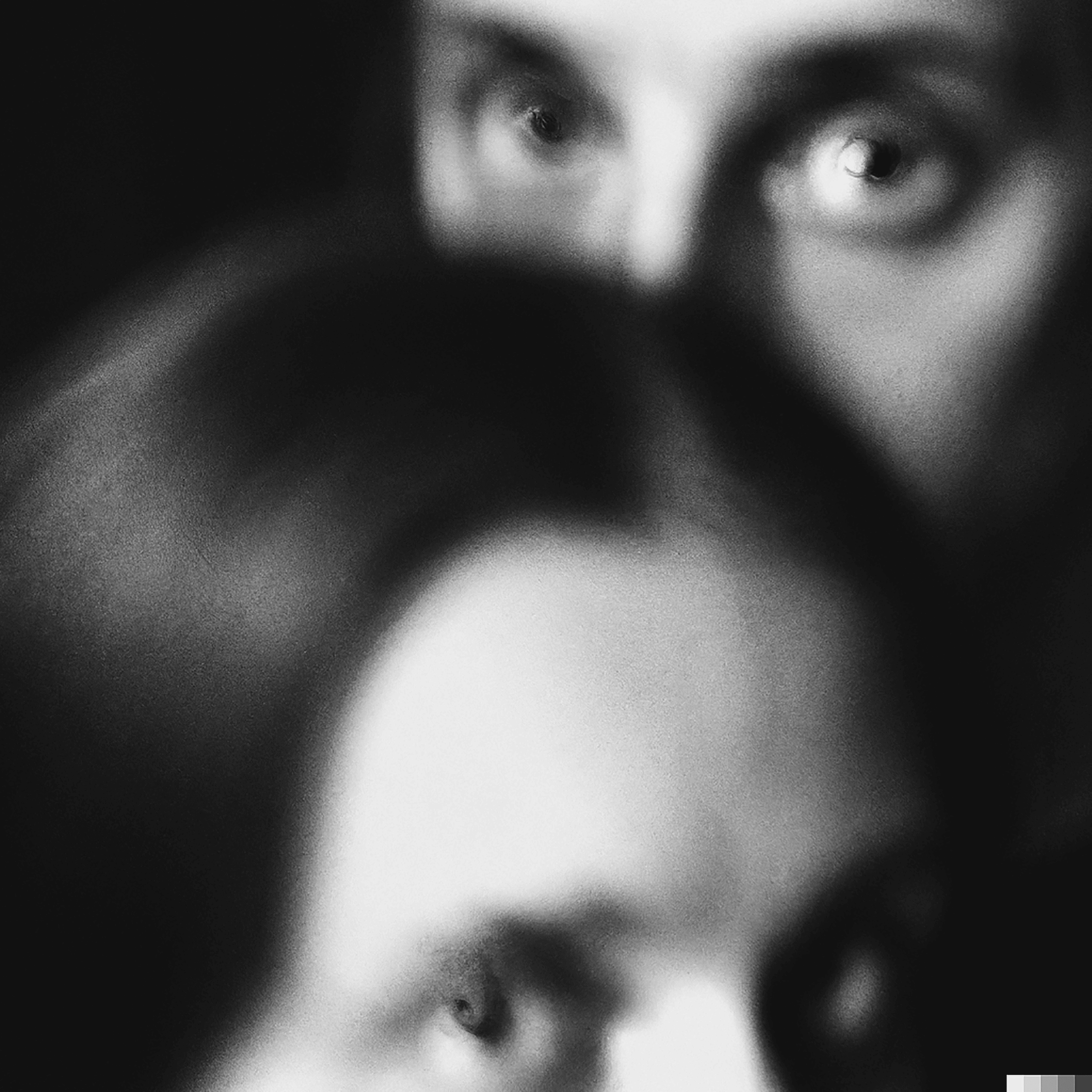
“Today, what I see is coexistence. There are images with distinct features. What concerns me about this technology is the labor conditions of workers and a growth in inequality, a transfer of wealth to even more concentrated sectors. I think that’s one of the dilemmas. But that happens with or without AI.”
What advice would you give to other artists interested in experimenting with artificial intelligence in their creative photographic practices?
I would tell them to try without prejudice, to explore what interests them about this tool, to experiment a bit, and to use it without fear, without any reservations. That’s how the images that unsettle and motivate them to keep trying will emerge, or they will naturally discard the results.
What are you currently working on?
I’m working on the images that didn’t make it into the Aleph 2 edition. Many didn’t cut, but I obtained interesting images and leads to continue developing. So, I want to delve into that and also explore some exhibition formats for these images and new materials.


